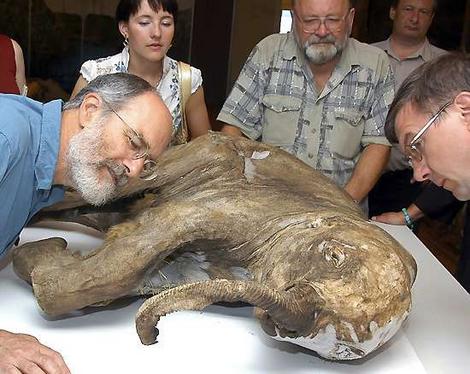
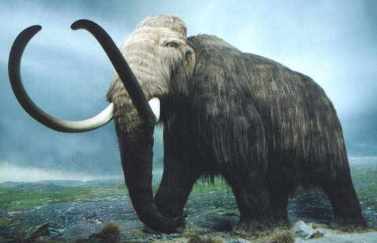
This Month's Oddity in the News:
Cloning a Mammoth Within Five Years
IN THE ARCHIVES:
Oswald's Coffin
Raining Frogs
The Real Chupacabra
75-Year-Old Mystery
History of Halloween
The First European
Resurrection of an Extinct Animal
Medieval Vampire Skull
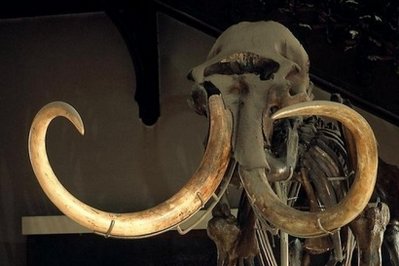
Researchers aim to resurrect mammoth in five years
TOKYO (AFP) – Japanese researchers will launch a project this year to resurrect the long-extinct mammoth by using cloning technology to bring the ancient pachyderm back to life in around five years time.
The researchers will try to revive the species by obtaining tissue this summer from the carcass of a mammoth preserved in a Russian research laboratory, the Yomiuri Shimbun reported.
"Preparations to realise this goal have been made," Akira Iritani, leader of the team and a professor emeritus of Kyoto University, he told the mass-circulation daily.
Under the plan, the nuclei of mammoth cells will be inserted into an elephant's egg cell from which the nuclei have been removed, to create an embryo containing mammoth genes, the report said.
The embryo will then be inserted into an elephant's uterus in the hope that the animal will eventually give birth to a baby mammoth.
Read the entire article HERE.
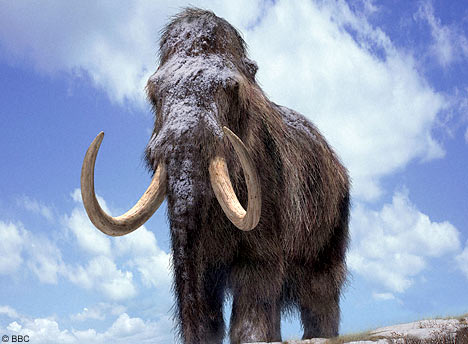
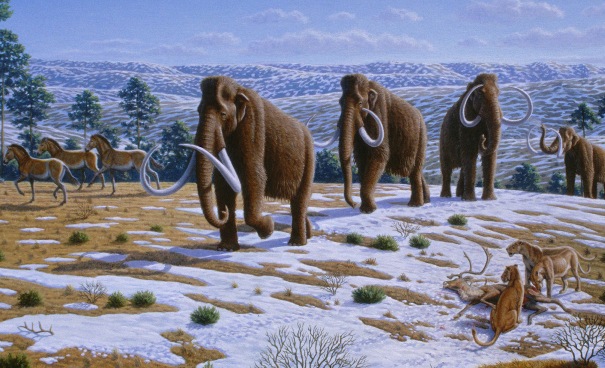
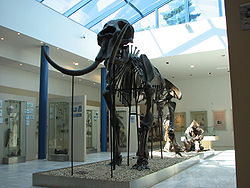
The woolly mammoth (Mammuthus primigenius) is also called the tundra mammoth. This animal is known from bones and frozen carcasses from North America and northern Eurasia, with the best-preserved carcasses in Siberia. They are perhaps the most well-known species of mammoth.
This mammoth species was first recorded in (possibly 150,000 years old) deposits of the second-last glaciation in Eurasia. It disappeared from most of its range at the end of the Pleistocene (10,000 years ago) with a dwarfed race still living on Wrangel Island until roughly 1700 BC.
See Wikipedia's page on mammoths HERE.
ON A RELATED ISSUE:
Intact Baby Mammoth Found
MOSCOW — The well-preserved carcass of a 10,000-year-old baby mammoth has been unearthed in the northern Siberian permafrost, a discovery scientists said could help in climate change studies.
The 4-foot gray-and-brown carcass, discovered in May by a reindeer herder in the Yamal-Nenets region, has its trunk and eyes virtually intact and even some fur remaining, said Alexei Tikhonov, deputy director of the Russian Academy of Sciences’ Zoological Institute.
Read more about the baby mammoth HERE.
